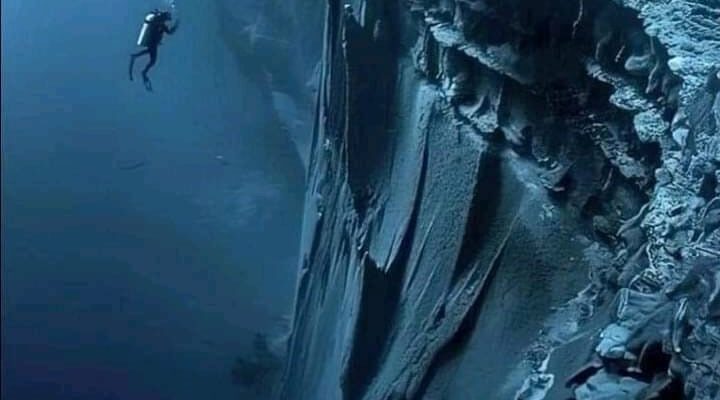When you dive past 200 meters (656 feet) beneath the ocean’s surface, you enter a vast, uncharted world—the deep seabed. As you go deeper, the landscape transforms into the abyssal plains, which stretch from 3,000 to 6,000 meters (about 9,843 to 19,685 feet) below sea level. The conditions here are extreme—utter darkness and crushing pressure define this part of the ocean. Yet, life continues to thrive in this seemingly inhospitable environment, with species adapted to the harsh conditions.

But the descent doesn’t end at the abyssal plains. The Mariana Trench, located in the western Pacific Ocean, plunges to an astonishing depth of 11,000 meters (36,089 feet), making it the deepest known part of the Earth’s oceans. This trench is so deep that if Mount Everest were placed at its bottom, its peak would still be over 2,000 meters (6,561 feet) underwater.
The regions at these depths are not just remote and unwelcoming—they are some of the most scientifically important areas on Earth. Despite the absence of light and the extreme pressure, these deep-sea ecosystems harbor a wide range of unique and resilient life forms. From bizarre, bioluminescent creatures to organisms that can survive without sunlight, the deep sea reveals how life can adapt to the planet’s harshest conditions.

Moreover, the deep seabed holds crucial information for understanding Earth’s geological history. The slow-moving tectonic processes at such depths have shaped the planet’s crust over millions of years. Studying these extreme environments allows scientists to gain insights into the Earth’s past climate, plate movements, and even how life might exist on other planets.
In this dark, high-pressure world, life and geology are intricately connected, offering us a deeper understanding of the evolution of life on Earth and beyond.



